Plastic Jar :
Wild honey
Nutritional Value per 100gr
Energy 1204kJ/288kcal
Fat 0g – of which saturated 0g
Carbohydrates 72g – of which sugars 56.6g
Edible Fiber 0.1g
Protein 0.32g
Salt 0.007g
mindyourplate
Dasomelo is collected from a wide variety of forest trees such as wild oaks, pines, firs, lindens, chestnuts, wild herbs and from almost 1100 rare endemic plant species. A rich diversity in its harvest that places Greek forest honey in first place worldwide in terms of quality and antioxidant activity, which is why it is available in Europe from Health Food stores.
Forest honey therefore comes from the nectar of insects and parasites that live in wild oaks, pines, firs, lindens, chestnuts and from the nectar of wild herb flowers and from almost 1,100 rare endemic plant species.
As mostly honey produced from beehives, forest honey is dark in color. Its aroma is intense and its taste is characteristically velvety, but not particularly sweet – depending on the ratio of honeydew/nectar it contains. In general, its crystallization is slow, but it can occur more quickly when it contains more nectar of wild herbs and flowers than honeydew from conifers and broadleaf trees.
Forest honey has great nutritional value, while especially the Greek forest honey, which is collected from the blessed forests of Macedonia, Epirus, Thessaly and the Peloponnese, is the first in the world in antioxidant activity.
It is also rich in vitamins, minerals and trace elements such as phosphorus, calcium, sulphur, manganese, magnesium, zinc, iron, copper, potassium and sodium which stimulate and protect our body.
Also, forest honey has antiseptic properties, contributes to improving the functioning of the heart as well as to the treatment of ulcers and anemia. In addition, it contains high concentrations of choline, which means that it has a beneficial effect on people with constipation.
Forest honey is another special Greek product that is appreciated even by those who are not honey fanatics. We use it often, as a sweetener in drinks, it is a delicious spread or as a table honey, along with cheeses or other dishes.
TASTE: It has a strong aroma with a particularly velvety taste, not too sweet. It is one of the most delicious and thick honeys.
PRODUCTION REGIONS: Epirus, Thessaly, Peloponnese.

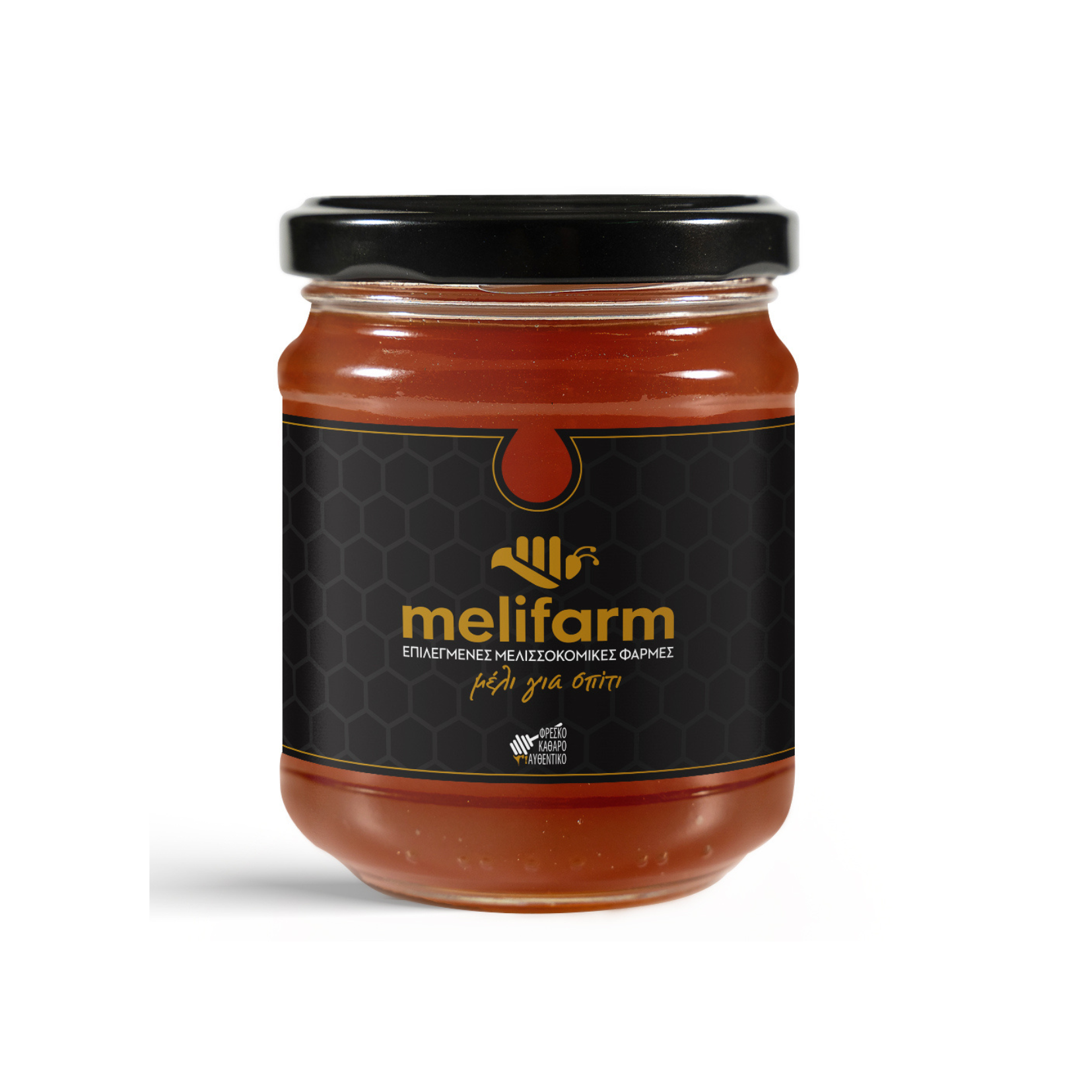
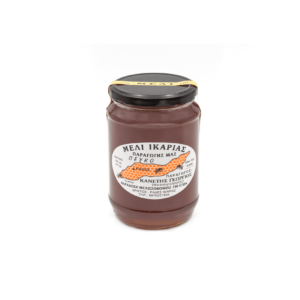
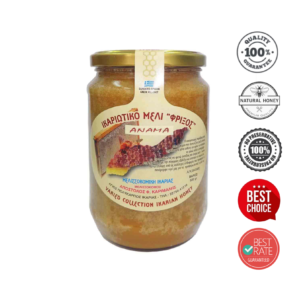



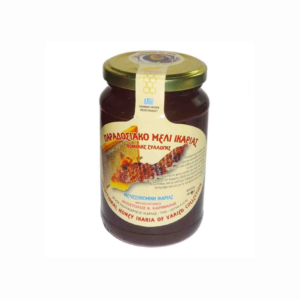



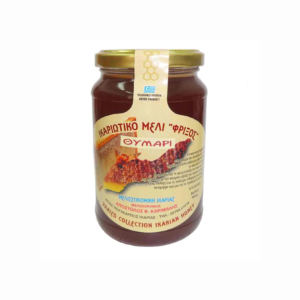


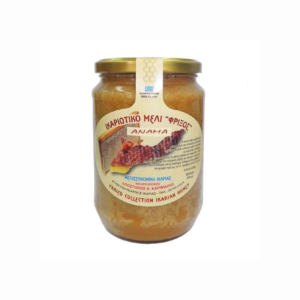
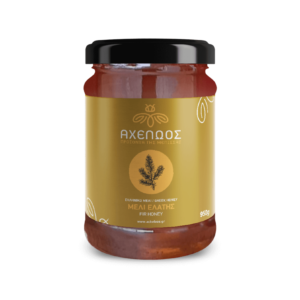





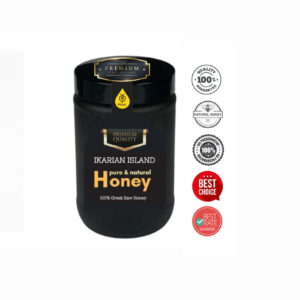
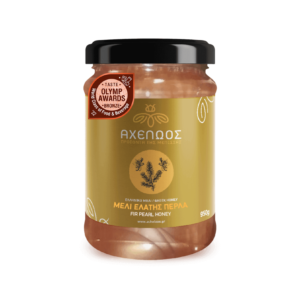
Reviews
There are no reviews yet.